How do i implement elitism in matlab? For example, i run a program and after each run, a value is save in a variable say a and after completing all the runs, say 6 runs i have the a as follows
a = [7, 5, 4, 3, 6, 8];
how can i apply elitism on a to end of having the content of a as a = [7, 5, 4, 3, 3, 3];
That is when i scan through a, i will replace the bigger number with the small one i encounter. From the example, after scanning through a, 5<7, so i keep 5, 4<5, so i keep 4, 3<4, so i keep 3, 3<6, so i replace 6 with 3, and again 3< 8, so i replace 8 with 3 to end of having the a as a = [7, 5, 4, 3, 3, 3];
how do u do this in Matlab.
Attempt
I said,
if a(i)< a(i+1)
a(i+1) = a(i);
end
plot(a);
so that i can have a graph that decents smoothly.
but i keep having the following error:
'Subscript indices must either be real positive integers or logicals.'
Any idea how i can do this correctly.
